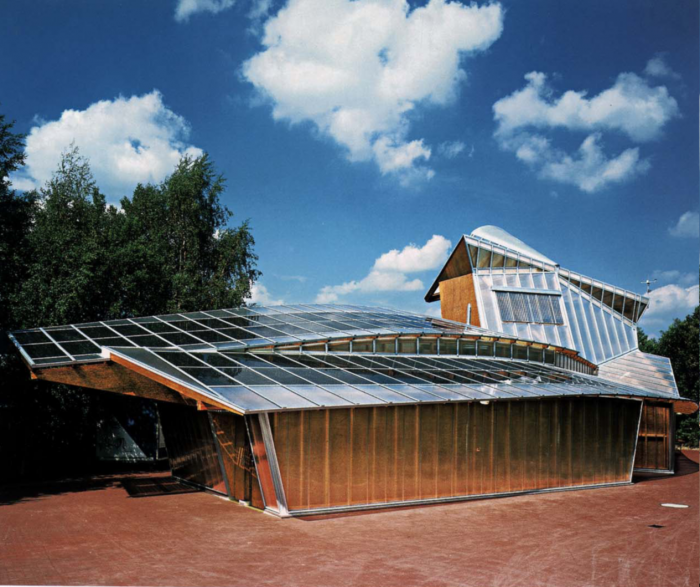http://www.solaripedia.com/13/377/5225/bower_bird_love_nest.html
Do other animals have anything to teach humans about sustainable design and building?
The Finnish architect Juhani Pallasmaa points out that animals have developed many inventions familiar to us from our own
construction such as roadways (ants), covered streets (termites), deep wells
(termites), heating and moisture regulation systems (termites, bees, ants and
others), stairways and ramps (termites), and hinged doors with handles
(trap-door spiders). He says that human behavior and construction are dangerously detached from their
ecological context, partly because we also seek to represent our world symbolically in our
construction. Human architecture is always more dictated by cultural, metaphysical
and aesthetic aims than by pure functionality and reason, he adds. Other animals, however, fulfill
strict criteria for economy and efficiency through minimizing the use of
material and labor - sustainable building by necessity for survival and procreation of the species. So how do we combine our technological advances with ecological requirements? Perhaps a look at a few animal constructions can reveal some important answers.








